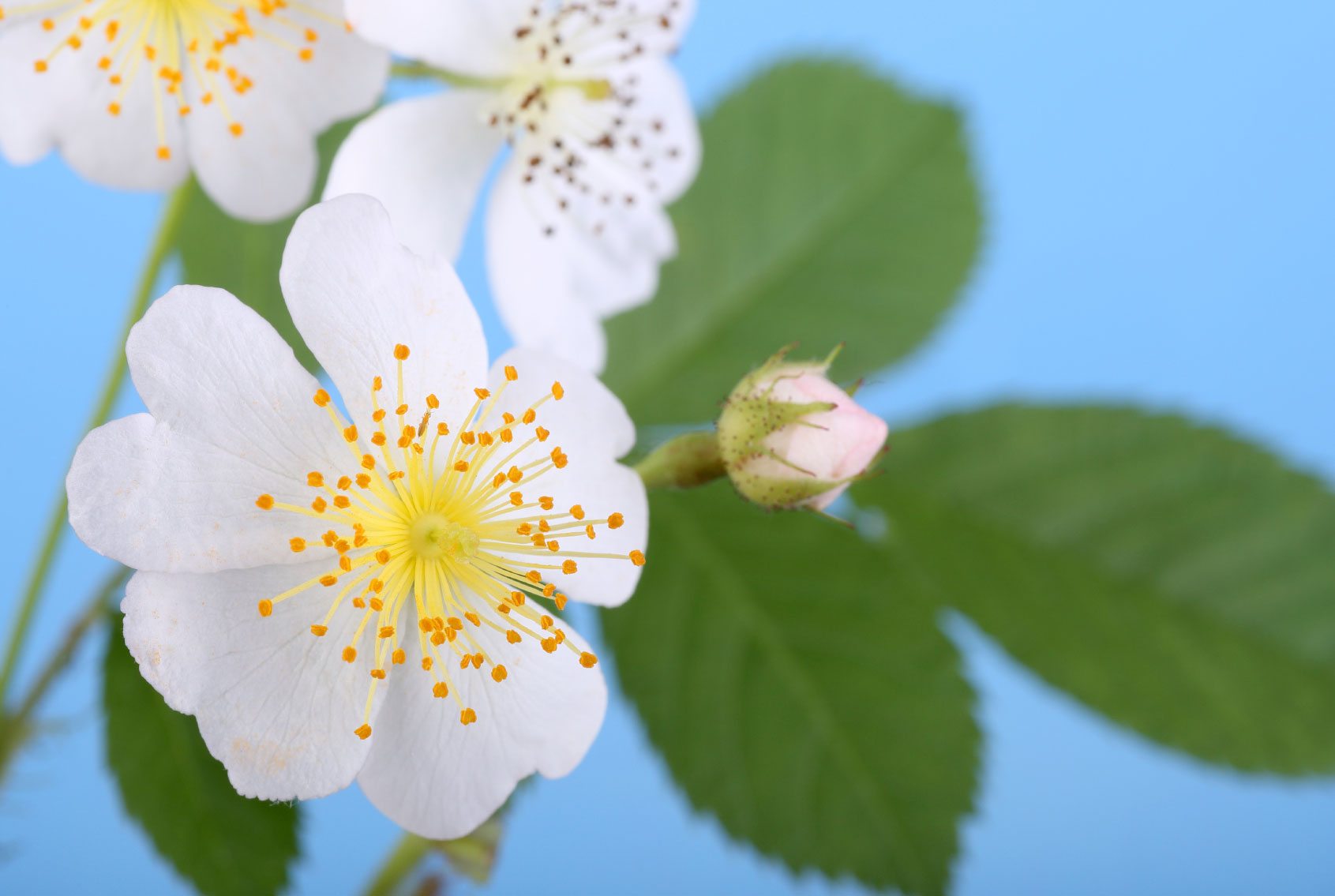What Is An Invasive Plant: Reasons To Avoid Exotic Plants In Gardens


Gardeners have a responsibility to help prevent the spread of destructive, invasive plants by planting responsibly. Read on to find out about invasive plants and the damage they cause.
What is an Invasive Plant?
An invasive plant species is an imported plant that grows and reproduces aggressively, damaging natural ecosystems and putting native plants and wildlife at risk. The difference between weeds and invasive plants is that weeds affect people rather than plants and animals. Invasive plants are unsightly in the landscape, compete with garden and agricultural plants for nutrients and moisture, and reduce agricultural yields. Some weeds are also invasive plants. An example of an imported plant gone terribly wrong is the multiflora rose (Rosa multiflora). It was first imported from China in 1866 as a rootstock for grafting ornamental roses. In the 1930's, the United States Soil Conservation Service recommended multiflora rose as a soil stabilization and erosion control plant. Unfortunately, this invasive plant species spread aggressively through birds, which eat the hips and distribute the seeds. Once set loose in the wild, these plants damage local ecologies with its aggressive growth. It overwhelms and crowds out native plants, often eradicating food sources and nesting sites for native wildlife. This tough species is very difficult to manage.
Invasive Plant Guide
Here are some ideas and strategies to help prevent the spread of invasive plants:
- Contact your state Department of Natural Resources or local Cooperative Extension Service for a list of plants that are considered invasive in your area.
- Remove invasive landscape plants from your property and avoid planting them in the future.
- Be aware that plants may go by a number of different names. Learn to identify invasive plants to avoid mistakes.
- If your property borders a natural or wild area, consider a landscape design that includes native plants only, such as a woodland garden.
- Use systemic herbicides as a last resort to prevent invasive plant growth.
It is important to avoid new exotic plants in gardens because we don't know the invasive potential of new imports. While some imports may turn out to be fine garden plants, others can escape cultivation and wreak havoc in the wild.
Sign up for the Gardening Know How newsletter today and receive a free copy of our e-book "How to Grow Delicious Tomatoes".

Jackie Carroll has written over 500 articles for Gardening Know How on a wide range of topics.